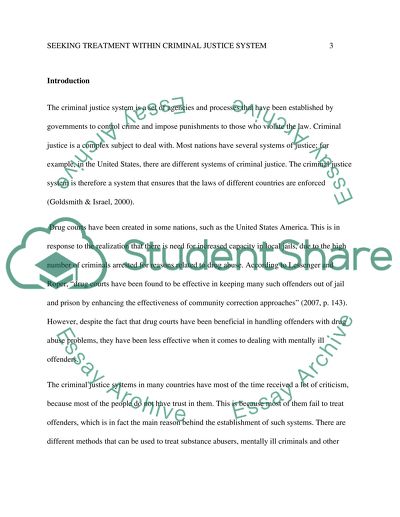Cite this document
(“Seeking Treatment within Criminal Justice System Research Paper”, n.d.)
Seeking Treatment within Criminal Justice System Research Paper. Retrieved from https://studentshare.org/law/1487187-seeking-treatment-within-criminal-justice-system
Seeking Treatment within Criminal Justice System Research Paper. Retrieved from https://studentshare.org/law/1487187-seeking-treatment-within-criminal-justice-system
(Seeking Treatment Within Criminal Justice System Research Paper)
Seeking Treatment Within Criminal Justice System Research Paper. https://studentshare.org/law/1487187-seeking-treatment-within-criminal-justice-system.
Seeking Treatment Within Criminal Justice System Research Paper. https://studentshare.org/law/1487187-seeking-treatment-within-criminal-justice-system.
“Seeking Treatment Within Criminal Justice System Research Paper”, n.d. https://studentshare.org/law/1487187-seeking-treatment-within-criminal-justice-system.


